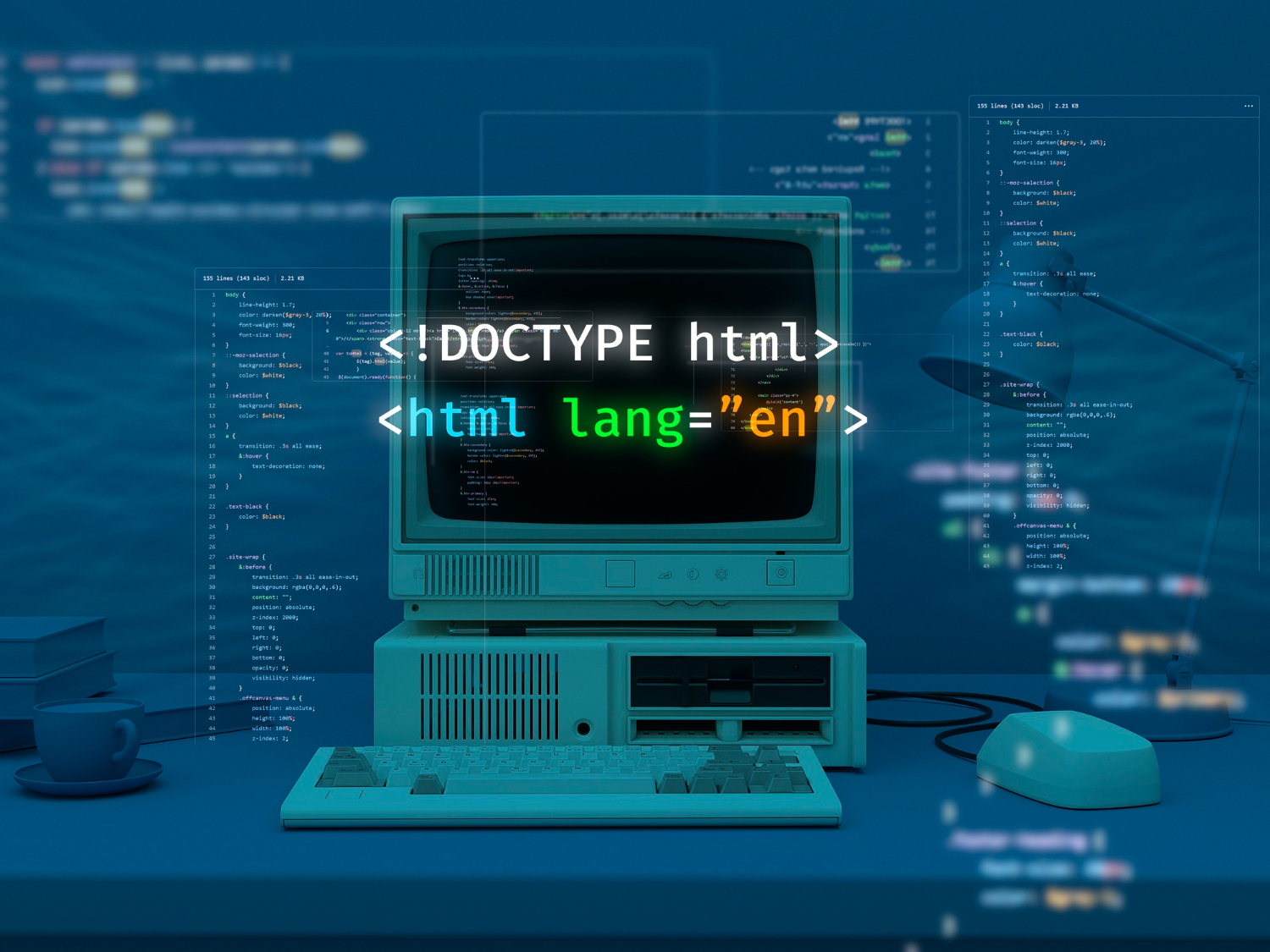Programming logic
Programming logic forms the foundation of computer programming. It involves the systematic process of designing algorithms and creating logical instructions that a computer can understand and execute. In this introductory blog post, we will explore the fundamental concepts of programming logic, which will help you develop a structured approach to problem-solving and writing code.
Programming logic refers to the set of rules and principles that govern the design and implementation of algorithms. It involves breaking down complex problems into smaller, more manageable tasks and designing a logical flow of instructions to solve them. Programming logic enables programmers to think critically, analyze problems, and develop efficient solutions using programming languages.
Variables are used to store and manipulate data in a program. They can hold different types of values, such as numbers, text, or Boolean values (true or false). Understanding data types is crucial as it determines the range of values a variable can hold and the operations that can be performed on it.
Operators are symbols or keywords that perform specific operations on variables or values. They can be used to perform arithmetic calculations, comparison operations, logical operations, and more. Expressions are combinations of variables, values, and operators that evaluate to a single value. They are the building blocks of programming logic and help in making decisions and performing calculations.
Control structures allow programmers to control the flow of execution in a program. They determine the order in which instructions are executed based on certain conditions. The three main control structures are:
- Conditional Statements: These statements allow the program to make decisions based on certain conditions. Common conditional statements include if-else statements and switch statements.
- Loops: Loops enable repetitive execution of a block of code until a specific condition is met. Common loop types include for loops, while loops, and do-while loops.
- Control Statements: These statements provide mechanisms for altering the normal flow of control in a program. Examples include break statements, continue statements, and return statements.
Programming logic is closely intertwined with problem-solving. As a programmer, you will encounter various problems that require you to analyze, break down, and develop algorithms to solve them. Effective problem-solving techniques involve understanding the problem, identifying the key requirements, designing a logical solution, and implementing it using programming constructs.
Programming logic is an essential skill for any aspiring programmer. By understanding the fundamental concepts of programming logic, you will be able to approach problems systematically, design efficient algorithms, and write clean and maintainable code. In the upcoming blog posts, we will delve deeper into each of these topics, providing practical examples and tips to enhance your programming logic skills.






